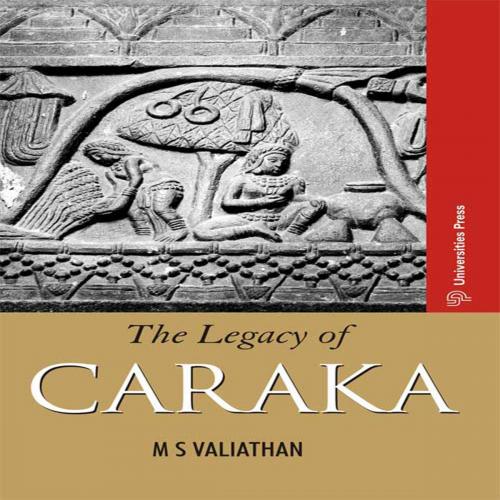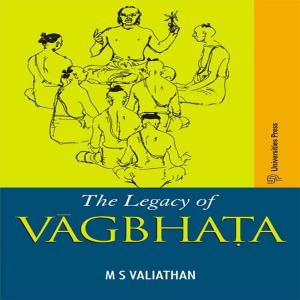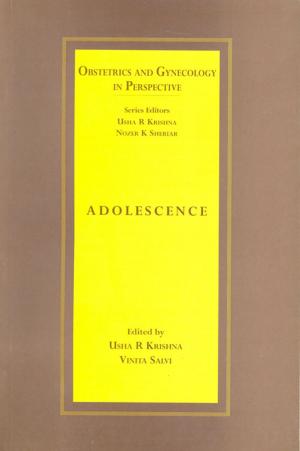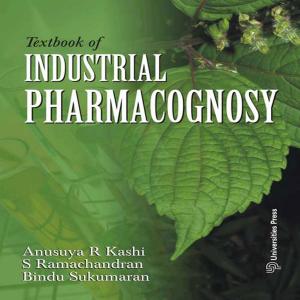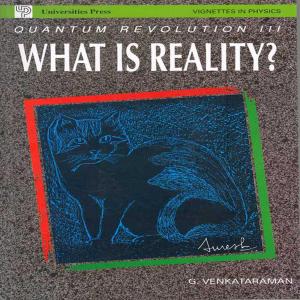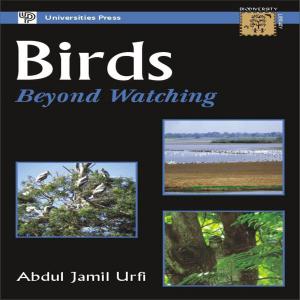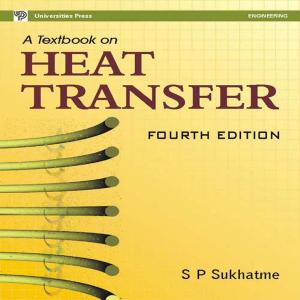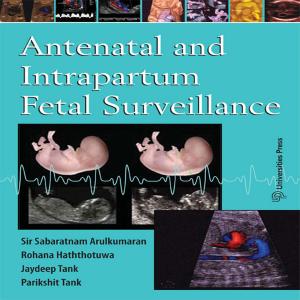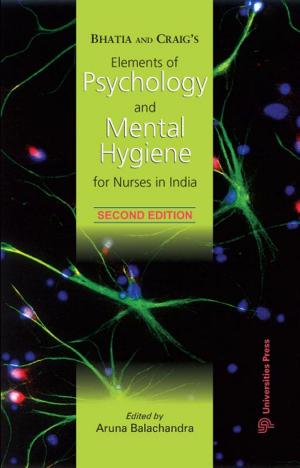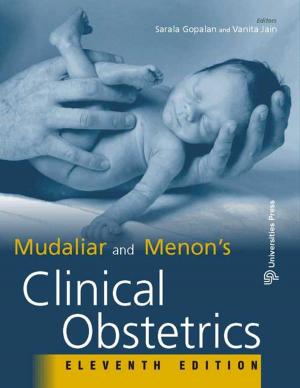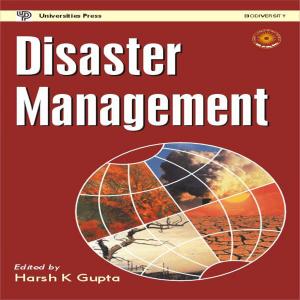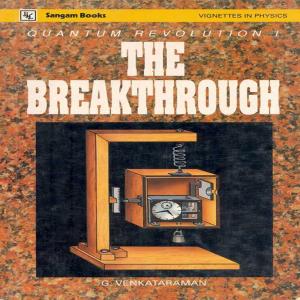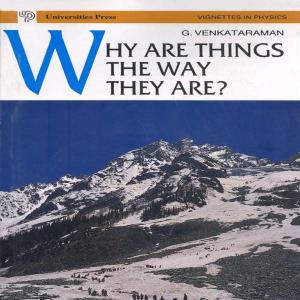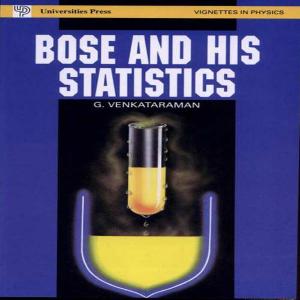The Legacy of Caraka
Nonfiction, Health & Well Being, Medical, Alternative & Holistic Medicine, Alternative Medicine| Author: | M.S. Valiathan | ISBN: | 9788173718540 |
| Publisher: | Universities Press (India) Pvt. Ltd. | Publication: | August 24, 2018 |
| Imprint: | Language: | English |
| Author: | M.S. Valiathan |
| ISBN: | 9788173718540 |
| Publisher: | Universities Press (India) Pvt. Ltd. |
| Publication: | August 24, 2018 |
| Imprint: | |
| Language: | English |
Caraka, the master physician, is believed to have lived in the first century AD. The Samhita composed by him forms the bedrock of ayurvedic practice today. His contribution to India’s cultural inheritance was profound. Caraka Samhita was, in fact, a revision of an older text Agnivesa Tantra, which was written several centuries before Caraka’s time. Caraka’s revision became so popular that it was translated into Tibetan, Arabic, English and many Indian languages. The Legacy of Caraka retells the Samhita in a new format. Instead of adhering to the sequence of the Sthanas in the original, the author has retold the Samhita through thematically structured chapters, in contemporary idiom. The retelling has involved some degree of restructuring and condensation but has ensured that whatever is stated can be traced back to the original. In a detailed introduction, the author has commented on specific aspects of Caraka’s philosophy, concepts and practice, as seen from the point of view of modern medicine. This book will be of special interest to students of ayurveda, medicine and other sciences, and those interested in the history of science in India.
Caraka, the master physician, is believed to have lived in the first century AD. The Samhita composed by him forms the bedrock of ayurvedic practice today. His contribution to India’s cultural inheritance was profound. Caraka Samhita was, in fact, a revision of an older text Agnivesa Tantra, which was written several centuries before Caraka’s time. Caraka’s revision became so popular that it was translated into Tibetan, Arabic, English and many Indian languages. The Legacy of Caraka retells the Samhita in a new format. Instead of adhering to the sequence of the Sthanas in the original, the author has retold the Samhita through thematically structured chapters, in contemporary idiom. The retelling has involved some degree of restructuring and condensation but has ensured that whatever is stated can be traced back to the original. In a detailed introduction, the author has commented on specific aspects of Caraka’s philosophy, concepts and practice, as seen from the point of view of modern medicine. This book will be of special interest to students of ayurveda, medicine and other sciences, and those interested in the history of science in India.
